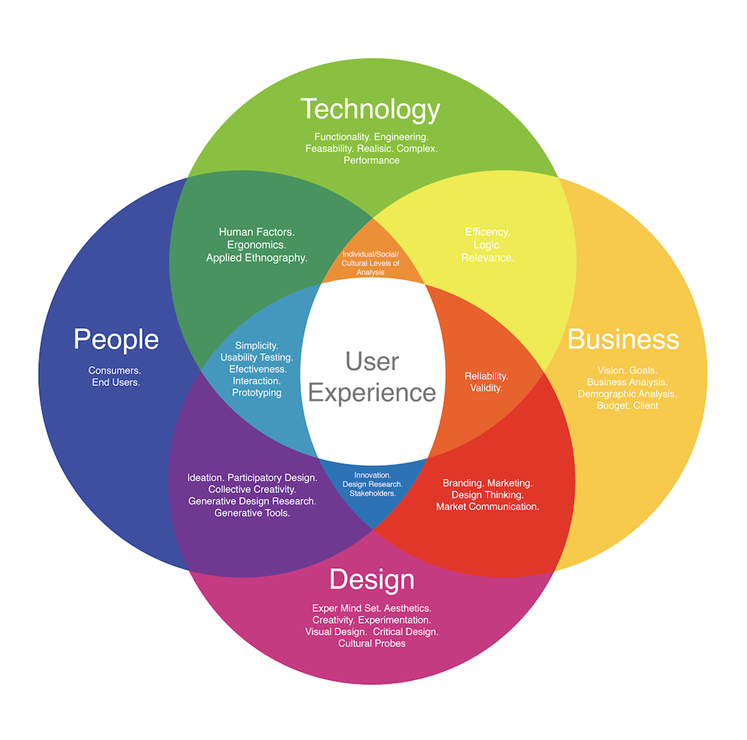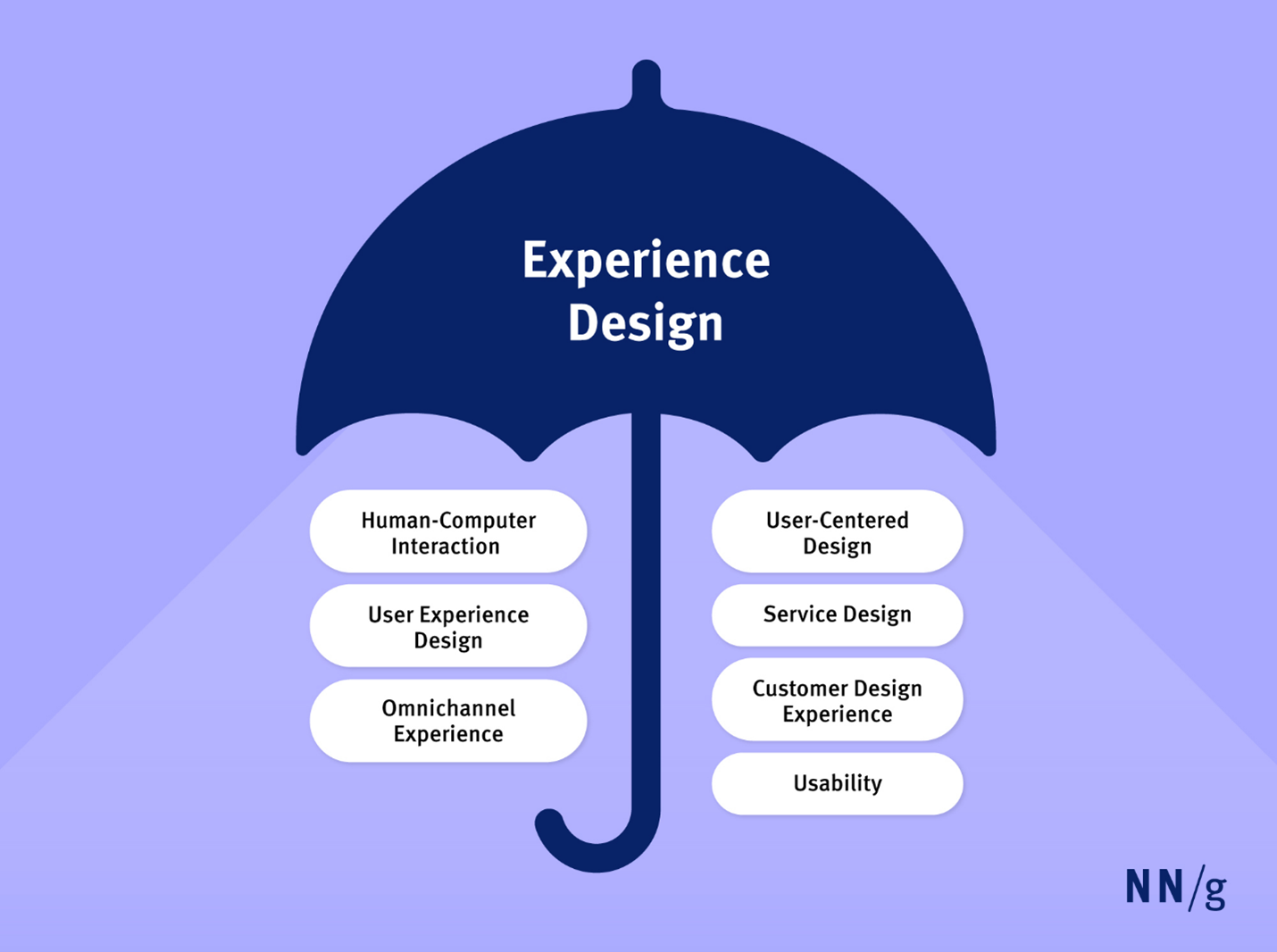We’re incredibly excited to share a big update that marks a new chapter for our community:
The Web Design Alliance is officially becoming the Experience Design Alliance!
This change is more than just a name swap - it’s about embracing how much the design world has evolved and how much we, as a community, have grown alongside it. So, we wanted to take a moment to reflect on why this shift matters, where it’s coming from, and what’s next for all of us.
Looking Back: Where We Started
When the Web Design Alliance first came to life in 2015, 10 years ago, the focus was clear: to help students learn the creative and technical skills they needed to design great websites. Back then, that was exactly what students were hungry for - to build beautiful, functional sites and understand the tools that made them possible.
But as the years went on, our members’ interests started to stretch beyond just the web. Conversations at our events shifted toward user experience (UX), research, content design, accessibility, ethics, service design, and even product thinking. Suddenly, we weren’t just talking about how things looked - we were talking about how they worked, how they felt, and how they shaped people’s lives.
It became clear that the name “Web Design Alliance” no longer captured who we were or the conversations we wanted to have.
Why Experience Design?
We chose Experience Design Alliance because it reflects the bigger picture.
Experience design is about designing holistically — not just focusing on a screen or a product but thinking about the full journey. It’s about understanding people’s needs, emotions, and goals and creating interactions that are meaningful, ethical, and accessible.
We live in a world where design shows up everywhere: in apps, websites, services, physical spaces, social systems — and even in the small moments between the larger user journeys. Experience design asks us to look at all of it, and to care about all of it.
As Marc Hassenzahl puts it, experience design is about creating technology “for all the right reasons” — it’s not just about functionality, but about emotions, ethics, and human connection (Hassenzahl, 2010).

Fig 1 – What Experience Design encompasses
The Evolution in the Field
This shift we’re making mirrors a broader transformation across the design industry. For example, Don Norman’s Design of Everyday Things taught us that good design is about usability and shaping behavior - not just making things look pretty (Norman, 2013). Companies like Duolingo have been renovating their product design process, from following traditional framework to rapid prototyping and user testing, focusing on what works in practice.
For us, this shift opens up the door to more voices, more skills, and more ways of thinking. We want designers, researchers, writers, strategists, developers, and makers of all kinds to feel like they have a home here.

Fig 2 – Themes we wish to introduce through this alliance
What’s Next for the Experience Design Alliance
This isn’t just a name change, it’s an exciting new phase. Here’s what we will focusing on:
- Skill-building workshops
Covering UX research, UI design, prototyping, accessibility, content strategy, and more. - Guest speakers and panels
Bringing in designers, researchers, and product thinkers to share insights from the field. - Portfolio and career support
Opportunities to work on collaborative projects, get feedback, and build real-world experience. - Community events
From design critiques to casual meetups, we want to create a space where people can connect and grow together. - A focus on accessibility and ethics
At every step, we’ll keep human-centered, ethical, and inclusive design at the core of what we do.
A Soft Launch Through This Blog
We’re using this blog post as a soft launch — a way to explain the “why” behind the transition and invite all of you into this next chapter. Over the next few weeks, we’ll update our webpages, social media, and materials to reflect the new name.
We’re also planning to publish a longer blog piece this April that dives deeper into the evolution from web design to experience design, helping to tell the story of how the field (and our group) has transformed.
This transition has been such a meaningful process for our team. It’s been a chance to reflect on where we’ve been, dream about where we’re going, and — most importantly — think about how to make this space even more welcoming and exciting for all of you.
Thank you to every member, mentor, and friend who has been part of this journey. We’re so excited to keep building this next chapter with you.
We’d love to hear your thoughts, ideas, or feedback on this transition! Whether you want to get more involved, suggest event topics, or just share what you’re excited about, we’re all ears. Reach out anytime, and let’s make something amazing together.
Founding Team – Sanika Patwardhan (Lead Intern), Yi-Shan Hsieh (Intern), Himanshi Kushwaha (Intern), Anushka Belsare (Intern)
Citations
- Garrett, J. J. (2010). The Elements of User Experience: User-Centered Design for the Web and Beyond. New Riders.
- Hassenzahl, M. (2010). Experience Design: Technology for All the Right Reasons. Synthesis Lectures on Human-Centered Informatics.
- Norman, D. A. (2013). The Design of Everyday Things: Revised and Expanded Edition. Basic Books.
- IDEO.org. (2015). The Field Guide to Human-Centered Design. IDEO.org.
- [1] Duolingo Design Team. (2021). Why We Stopped Using Wireframes. Duolingo Blog.


